Let me be clear: photographs on the page or screen are fascinating. Who can fail to be entranced by the first-ever pictures from the surface of a comet that were taken this week? The power of photography to show and to tell has never been greater, as modern technology takes it simultaneously to the far reaches of the solar system and ever deeper into the heart of daily life.
But that does not make it sing on a gallery wall.
It just looks stupid when a photograph is framed or backlit and displayed vertically in an exhibition, in the way paintings have traditionally been shown. A photograph in a gallery is a flat, soulless, superficial substitute for painting. Putting up massive prints is a waste of space, when the curators could provide iPads and let us scroll through a digital gallery that would easily be as beautiful and compelling as the expensive prints.
I try to suppress these thoughts, for photography exhibitions are taken desperately seriously. I recently joined the crowds at the Natural History Museum’s wildlife photographer of the year. It’s amazing how long some people can look at a photograph. I observed the observers, rapt before illuminated images that I really can’t look at for more than a few seconds.
That is because when you put a photograph on the wall I cannot help comparing it with the paintings whose framed grandeur it emulates, and I can’t help finding photography wanting.
Paintings are made with time and difficulty, material complexity, textural depth, talent and craft, imagination and “mindfulness”. A good painting is a rich and vigorous thing. A photograph, however well lit, however cleverly set it up, only has one layer of content. It is all there on the surface. You see it, you’ve got it. It is absurd to claim this quick fix of light has the same depth, soul, or repays as much looking as a painting by Caravaggio – to take a painter so many photographers emulate.
But we are encouraged to give it the same, or more, attention. Today’s glib culture endlessly flatters photography’s arty pretensions. The winning picture in the Taylor Wessing prize at the National Portrait Gallery “has clearly been inspired by Caravaggio”, raves the Evening Standard, as if this meant it was somehow as rewarding as the 17th-century master’s works. Sorry, but it ain’t.,
Why not try this experiment? Go to the National Portrait Gallery’s Taylor Wessing exhibition, then pop around the corner to see the National Gallery’s late Rembrandt show. If you can really see even a millionth of the vitality of a Rembrandt portrait in any of the NPG’s photos, we’ll just have to agree to disagree.
.

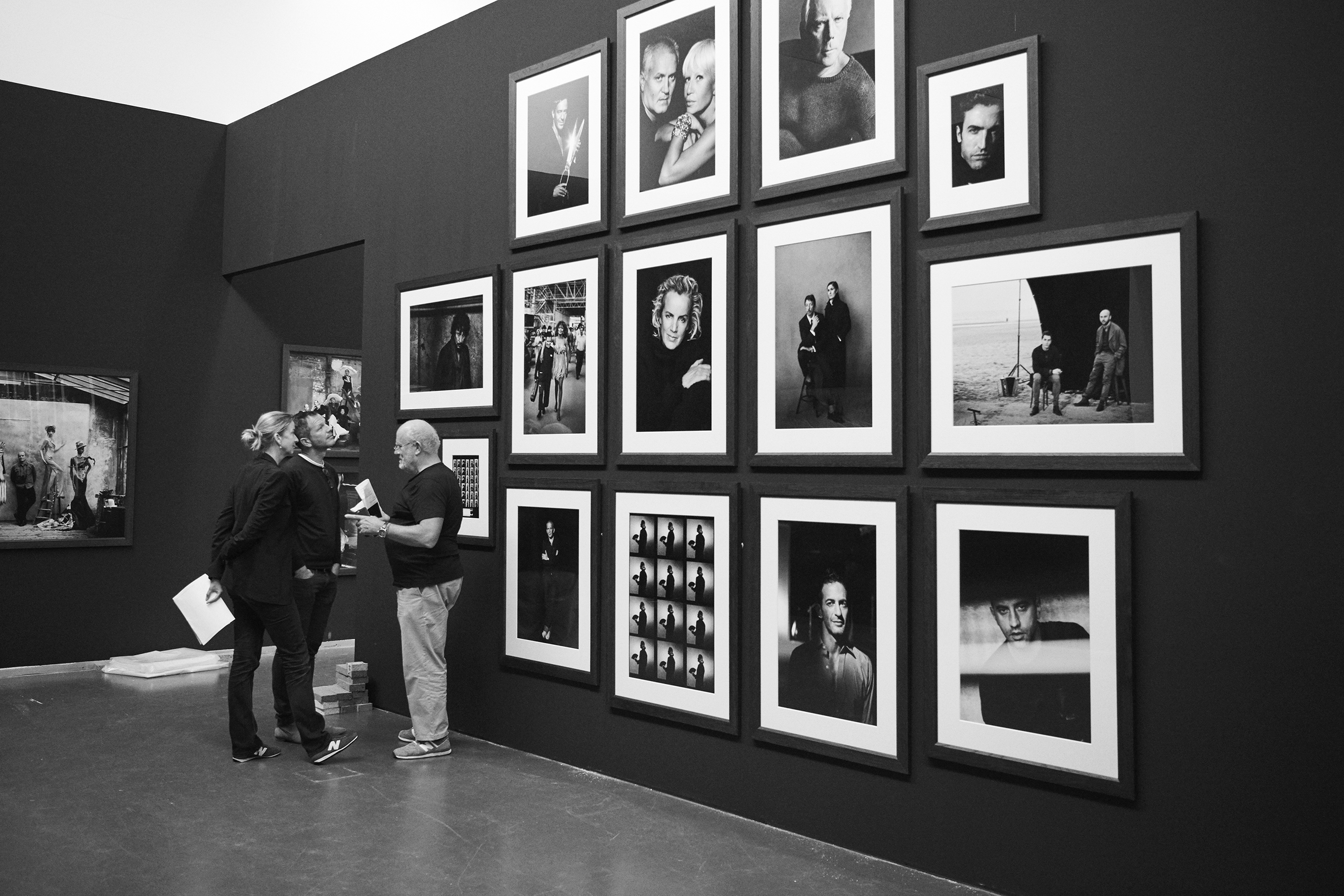
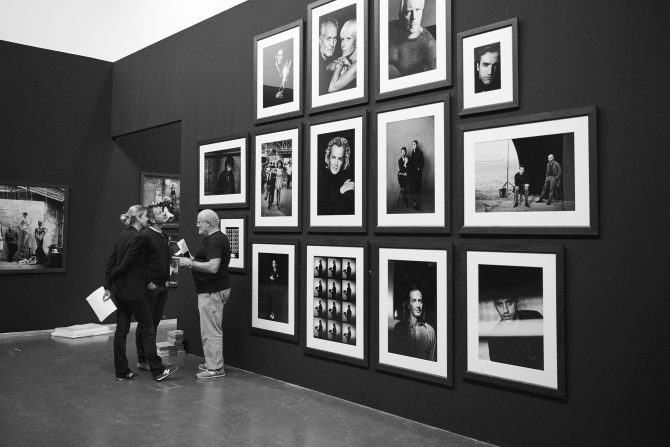
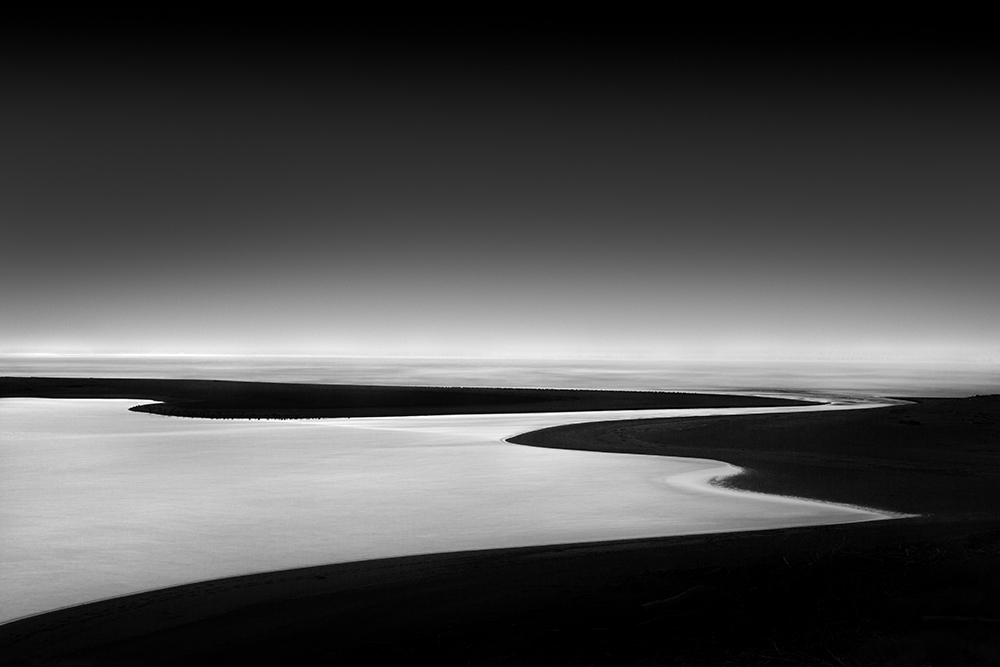
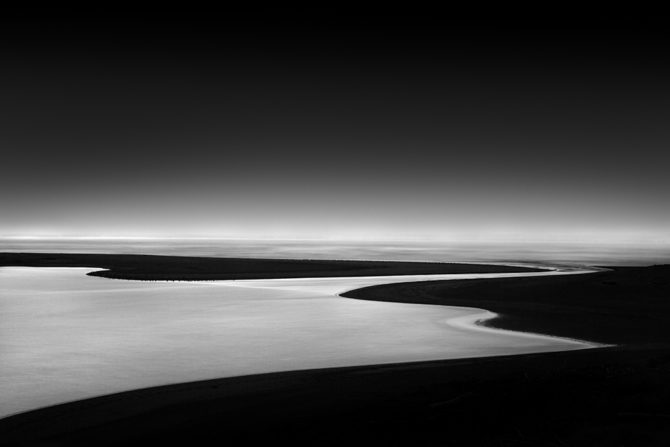
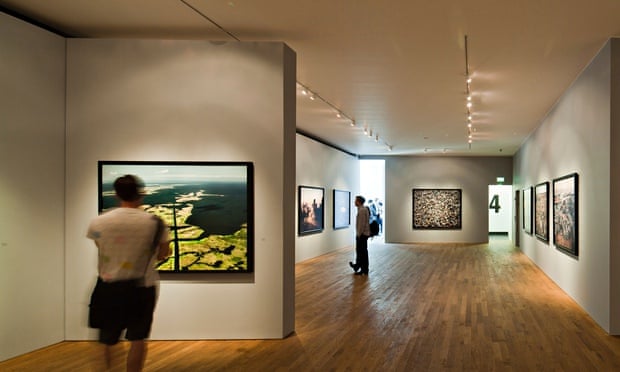
Still intensity … Samuel Beckett. Photograph: Jane Bown
Imagine, if you will, the following scene. I pop into the National Gallery to view the 2014 BP National Portrait Award and look in bemusement at the exhibition, which is mostly comprised of rather old-fashioned paintings. It’s an uninspiring show, a hotchpotch, as are most exhibitions drawn from open submissions. Inexplicably enraged by this, I rush home and pen an article claiming that painting is dead and that it looks anachronistic, indeed stupid, on a gallery wall in the 21st century. Not only that, but I then extrapolate that all painting is dull and stupid – Caravaggio, Rubens, Picasso, Hockney, Richter, the lot.
In November, our art critic Jonathan Jones went to see the wildlife photographer of the year show at the National History Museum and the Taylor Wessing prize at the National Portrait Gallery – an open submission award known for its eccentric shortlist, usually featuring people with their pets. Quite why he chose to visit these two shows eludes me. Did he think they were art photography exhibitions? He castigated both, as I, a photography critic, would probably have done had I the energy to kick a few dead horses.
I did not respond back then for two reasons: the “photography is not art” debate is so old it’s hardly worth revisiting, and the idea of using a wildlife award show as a yardstick just seemed bizarre. But, alas, he has repeated his claims this week,discussing a rather boring photograph by Peter Lik, which sold for £4.1m, becoming the most expensive photograph in the world. To which my response is: so what? It’s global capitalism – obscenely rich people with more money than sense. Or taste. For Jonathan, though, “This record-setting picture typifies everything that goes wrong when photographers think they are artists”. No it doesn’t. Here are a few artists who use photography: Cindy Sherman, Jeff Wall, Gillian Wearing. Here are a few photographers, off the top of my head, whose work is art: Julia Margaret Cameron, Edward Steichen, William Eggleston, Nan Goldin, Robert Frank, Stephen Shore, Diane Arbus, Paul Graham, Hiroshi Sugimoto. Their work sings on the gallery wall. Their work makes you look at the world differently.
Several things are wrong about Jonathan’s reasoning, not least that he still thinks painting is in some sort of competition with photography. How quaint. He also seems to think that all photography is derivative of painting. This is plainly not so. A great photograph by William Eggleston, though he claims to be influenced by abstract painting, occupies its own space, makes its own rules.
A group of Kalutara peasants, 1878. Photograph: Julia Margaret Cameron/Royal Photographic Society
Jonathan writes that photographs look better on a computer screen than in a print. Some do, but most do not. Has he never stood in wonder in front of a Julia Margaret Cameron portrait? I doubt it. Has he ever seen a painting or drawing of Samuel Beckett that possesses the stillness and intensity of the great photographic portrait of Samuel Beckett by John Minihan or Jane Bown? I expect not.
He makes no distinction between types of photography, and seems unaware, that photography has changed utterly since Henri Cartier-Bresson. Look at the politically charged conceptualism of Broomberg and Chanarin, the playful invention of a fictional series by Joan Fontcuberta, the wonderful artists books made by the likes of Cristina de Middel or Viviane Sassen. Photography is as vibrant as it has ever been – more so in response to the digital world, which Jonathan mistakenly thinks has made everyone a great photographer. It hasn’t. It has made it easy for people to take – and disseminate – photographs, that’s all. A great photographer can make a great photograph whatever the camera. A bad one will still make a bad photograph on a two grand digital camera that does everything for you. It’s about a way of seeing, not technology.
Why damn photography because of the excesses of the auction houses and mega-rich collectors? Do we measure the health of contemporary art by the price paid for Hirst’s vulgar diamond skull? Or a Jack Vettriano? I have seen some idiotic installation pieces over the years, but that doesn’t mean that all artists who make installations are idiots and their work dull and stupid.
If anything is anachronistic, it’s the “photography is not art” debate. Warhol’s Polaroids and Ruscha’s deadpan photography books put it to bed years ago. I wish Jonathan had come with me to a group show I saw at Purdy Hicks this year called Natural Order. There were some good paintings and uncannily detailed drawings, but Awoiska van der Molen’s nightscapes made on long exposures in the volcanic islands of La Gomera and La Graciosa were breathtaking in their stillness and sense of mystery. So strong that everything on the walls around them seemed muted. I think that’s what art does, right?
~~~
In truth I have no interest in such discussions and I don’t care what the “experts” have to say about photography, art or anything inbetween. These opinions have no bearing on my life or my art.
For some time now I have been developing the “opinion” that there are those who create and those who pontificate. I’m committed to doing more of the former and less latter.
Cole